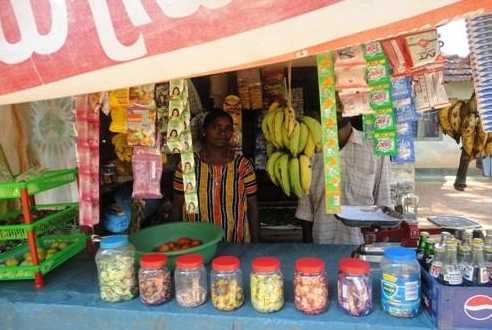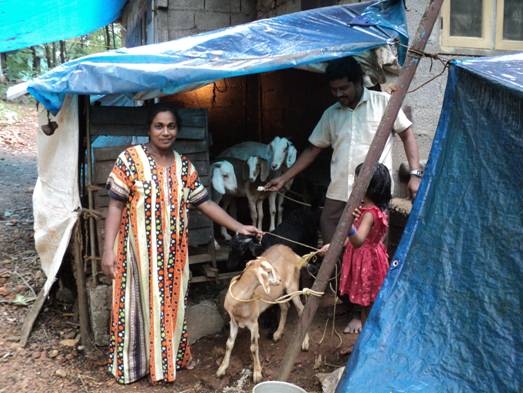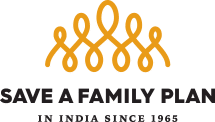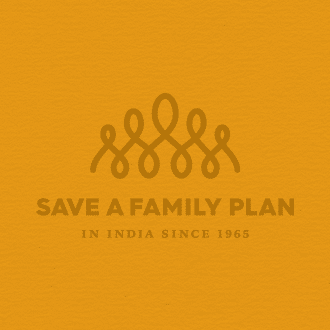
Micro-credit is hailed by many as a “magic bullet” with the potential to eradicate poverty and empower women, and providing the poor with access to affordable credit has become a central plank in development strategies. Important research is emerging, however, which suggests that the “poorest of the poor” are under-represented in micro-credit programs. For example, in Bangladesh, which has the highest level of micro-credit penetration in the world, participation is highest among the second poorest quintile, but lowest among the poorest quintile.
Recent studies indicate the very poor are risk averse—given the daily struggle to obtain enough to eat and find secure shelter, making regular loan payments seems impossible. Borrower groups are reluctant to accept the destitute, afraid their inability to make payments on time will jeopardize the other member’s access to future loans. In an effort to keep their default rates low, micro-credit lenders are becoming more and more cautious in screening potential clients. All of these factors explain why the poorest of the poor are often “missing” from micro-credit programs. But are livelihood loans what the chronically poor really need? The answer is no…and yes.

The very poor typically benefit most from a two-step program, where “social safety net” programs constitute the first step, followed by enrolment in a credit-based livelihood development program. Studies show this type of two-pronged approach has been very effective in allowing the most vulnerable families to gain a solid footing and then go on to develop income generating activities which are sustainable over the long term.
SAFP’s Family Development Program offers the ideal combination of elements that the poorest of the poor need to achieve a life of dignity. The financial grant provided by benefactors allows even the poorest members of the community to take on the dual risks of accessing a loan and initiating an income generating activity. By spreading the financial support across a six year period, families have sufficient time to firmly establish their livelihood activities. SAFP partner organizations supply the needed training—in how to manage a micro enterprise, health and nutrition, and awareness regarding legal rights and government assistance programs. Each beneficiary belongs to a self-help group, which provides peer-based social support. It is because of these multiple supports that Family Development Program beneficiaries—drawn from the most vulnerable and marginalized groups in India—are able to participate successfully in micro-credit programs when others in similar circumstances often cannot.
Grace Flesher is a doctoral candidate at the University of Warwick (UK) and is researching micro-credit and women’s empowerment in southern India.

